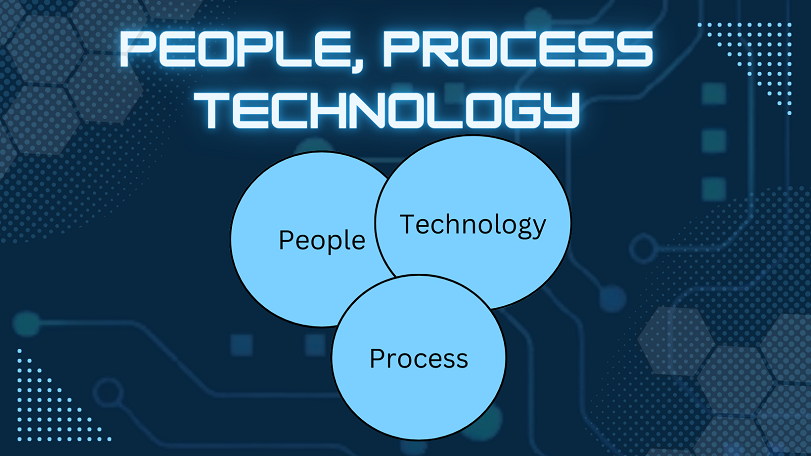Physical Address
304 North Cardinal St.
Dorchester Center, MA 02124
Physical Address
304 North Cardinal St.
Dorchester Center, MA 02124

For an organization to reach peak performance, three elements must come together in perfect harmony – empowered people, streamlined processes, and advanced technologies. This holistic framework is referred to as PPT – people, process, technology. When you align exceptional teams, efficient workflows, and modern digital tools, your organization gains the capacity to rapidly innovate, boost productivity, and achieve strategic objectives. Optimizing PPT establishes a foundation for organizational excellence.
Having the right individuals, procedures, and systems working synergistically unlocks growth and success. This article explores best practices across the people, process and technology domains for taking your institution to the next level.
Table of Contents
The original PPT framework was first conceptualized by Harold J. Leavitt in his 1962 paper “Applied organizational change in industry: Structural, technological and humanistic approaches.”
His framework included people, organizational structures, technologies, and tasks. A key insight was recognizing the interconnected nature of these elements – change to one impacts the others. Leavitt’s work spawned the integrated approach known today as PPT. His ideas presaged modern systems thinking applied to organizational change and design.
People are the foundation of any successful organization. Having a high-performing workforce with the right skills and experience, led by strong leadership and unified by a positive corporate culture, enables the talent and motivation to achieve business goals. Investing in people through hiring, training, motivation and retention builds capable teams ready to drive success.
The people pillar covers not just individual skills, but also team dynamics, organizational culture, and change readiness. Areas to address include:
Process is critical because optimized workflows directly impact efficiency, productivity and output quality. By analyzing processes to remove bottlenecks, streamlining steps, and incorporating automation, you can boost speed and accuracy while reducing errors and costs. Well-designed processes also improve the customer experience.
Your workflows determine how work gets done. Optimize them through:
Technology serves as an enabler that empowers employees through automation, data insights, and collaboration tools. With the right technologies integrated into workflows, teams can work smarter and faster. Emerging tech also helps organizations innovate and gain competitive advantage. However, tech must align to business needs and be adopted by users to deliver full value.
Technology enables innovation and productivity gains when implemented holistically across:
To reach your full potential, all elements of people, process and technology must be aligned and working together harmoniously. Assess your organization through the PPT framework. Identify any misalignments causing inefficiencies. Make enhancements across pillars to optimize your organization as an interconnected system.
With a balanced and integrated framework, you can execute on strategy and deliver optimal business results.